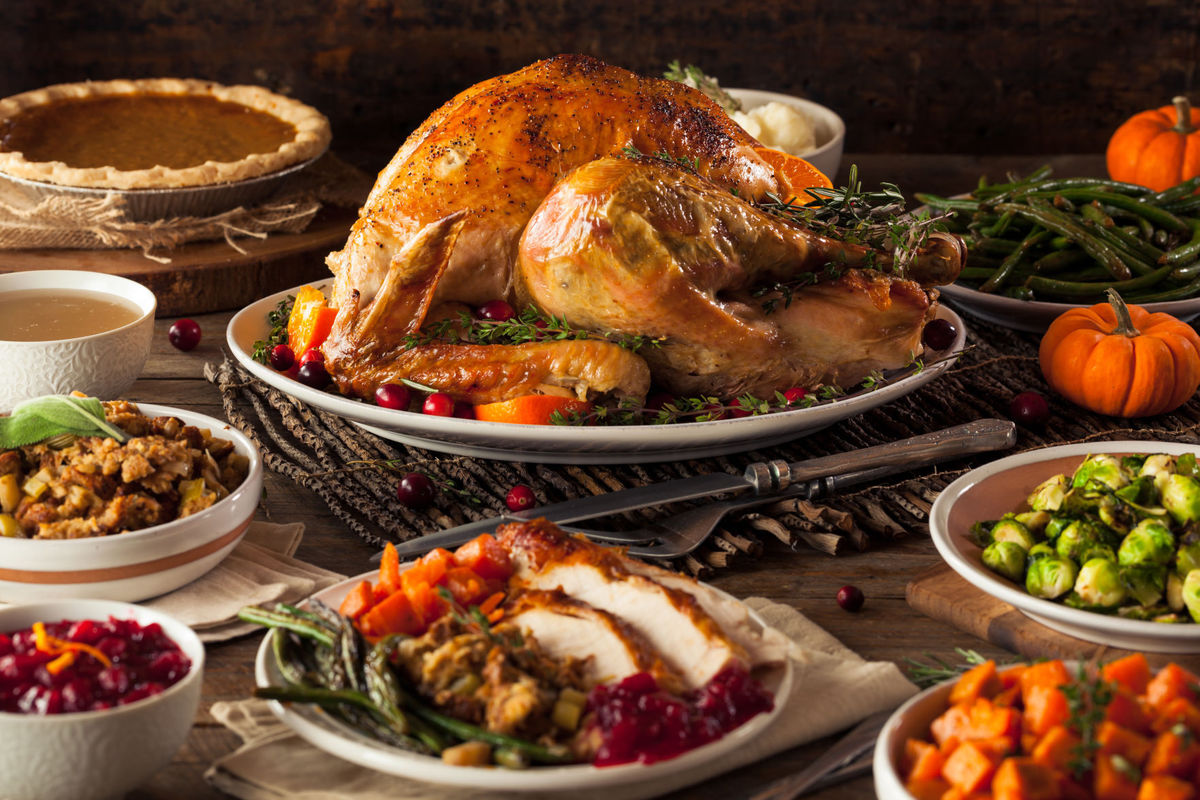
Thanksgiving is a time to gather with family and take note of all the blessings you have to be thankful for.
For a lot of us too, it is about the endless buffet of food. Once a year you allow yourself to try a piece of Grandma’s famous pumpkin pie, and a healthy serving of Aunt Joan’s punch bowl cake.
If you are like me, and spend some time in reflection after the whirlwind of a holiday has passed, you may think about how you have to double up your workouts for awhile.
In addition, you hope you got the most out of this sanctioned time of year. Often, the history behind a favorite time of year is lost among treasured traditions, and taken for granite.
This Thanksgiving let’s look at the true history of the day, not the multicultural, socialist, diversity, political correctness that the left purports, but the Christian’s journey towards a new dream.
The typical Thanksgiving story goes something like this:
Mainly white Europeans came to America to seek freedom from religious persecution. They didn’t know how to farm and quickly began to run out of resources.
The Native Americans taught them how to grow food and survive. With the plentiful bounty they reaped from their newly leaned skills, the Pilgrims had a big feast; thus, Thanksgiving.
In modern times, it is often mentioned how the Pilgrims ended their happy meal with genocide of the Native Americans.
Creating, yet another, warped perspective of the white Christian for liberals to point their fingers at in ignorant disapproval.
The story, however, has much more depth. A group of English settlers, under the command of Captain John Woodlief, docked the Virginian shores prior to the Pilgrim account, according to the Washingtonian.
The Margaret was a small ship that that departed out of Bristol, England. On September 16th, 1619, the 35 man crew sought a business perspective made possible by the Berkeley Company.
They gave the men 8,000 acres to make a working community out of; to be equipped with farms, storehouses, and houses.
In exchange for this generous grant, the hard workers were to send back product from the farms, and profits that were made in exchanges.
It was just over a year prior to the Pilgrims landing at Plymouth Colony, when Woodlief took his men ashore on, what is known today as, Berkeley Plantation.
When the Englishmen set foot in the new world, something amazing happened. The Washingtonian reports:
“After they arrived on the shores of the James River, the settlers got on their knees and gave thanks for their safe passage. There was no traditional meal, no lovefest with Native Americans, no turkey. America’s first Thanksgiving was about prayer, not food.”
Captain Woodlief and his crew had next to no material possessions when they landed, including food.
It was thought by some historians that they ate oysters and ham because that is all they likely had on board.
The men still found, in these less than ideal conditions, reason to give thanks to God. They were thankful for being able, and having opportunities that they didn’t have before.
This day of thanks was remembered, and continued by the settlers with instruction from the employer.
The Washingtonin reports:
“At the behest of written orders given by the Berkeley Company to Captain Woodlief, it was declared that their arrival must “be yearly and perpetually kept holy as a day of Thanksgiving to Almighty God.””
Everything was going according to plan for the first 2 years, but then conflict with neighboring natives forced Woodlief, and the remaining settlers, to abandon their Berkeley post.
“For three centuries, Virginia’s first Thanksgiving was lost to history”, according to the Washingtonian, until a descendent of Captain Woodlief, Graham Woodlief resurrected the original Thanksgiving story in the 50’s.
“The Nibley Papers,documents and records taken by John Smyth of Nibley, Gloucestershire, about the 1619 settlement of Berkeley” give historical proof of the Virginia thanksgiving account, according to the Washingtonian.
Graham Woodlief began the Virginia Thanksgiving Festival in 1958, and has been holding it annually ever since.
It is believed by Woodlief that the Virginia thanksgiving devoted to prayer, and not food, did not gain popularity because it is less appealing at large as a holiday focus.
Looking at the history of Thanksgiving as is told by those who lived it gives us a new perspective over what media and left wing agendas try to portray.
Woodlief held the true essence of Thanksgiving, giving praise to God through prayer for the things that really matter; not material gain, but the blessing of opportunity and necessities.
Let’s be thankful this holiday for the stability, only granted by God, that one has in a government that has been tried and true; our conservative roots.
